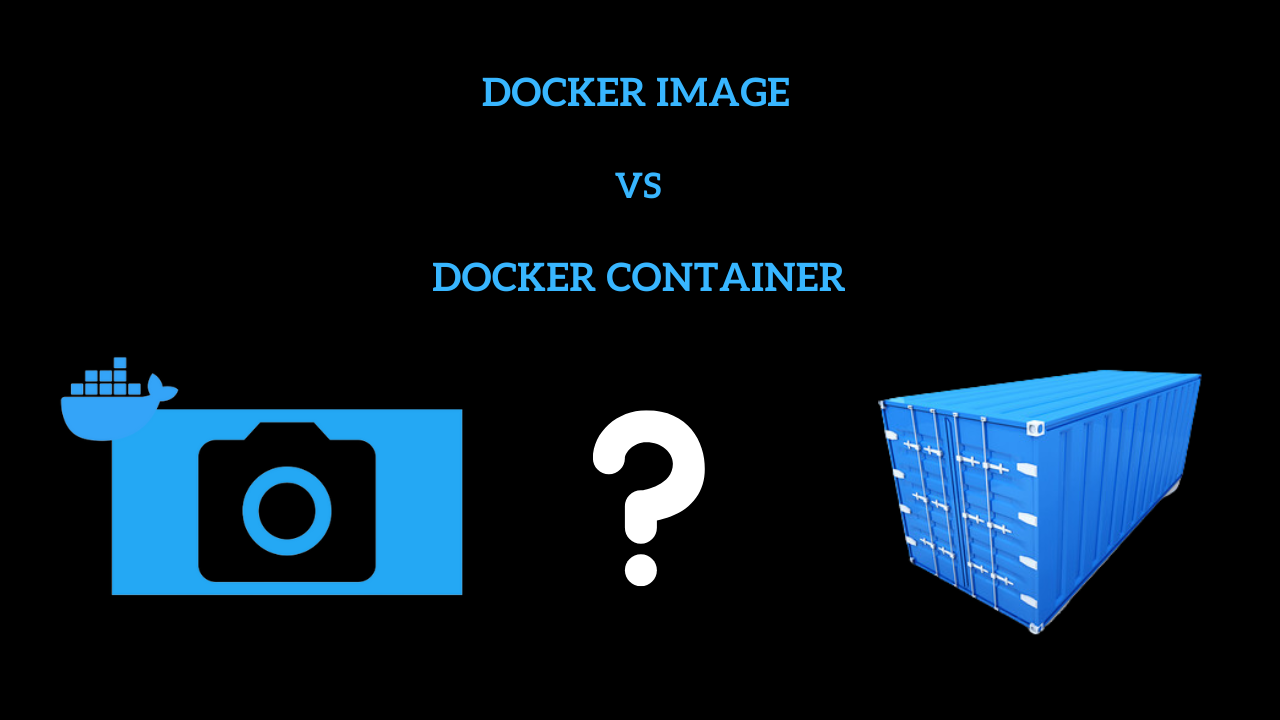Best Practices and Potential Loopholes for Successful Microservices Architecture

What is Microservices Architecture?
Microservices architecture is a software development approach where an application is built as a collection of small, loosely coupled, independently deployable services. Each service focuses on a specific business capability and operates as an autonomous unit, communicating with other services through well-defined APIs. This architectural style is often used in the context of DevOps to create more efficient, scalable, and manageable systems
Microservices architecture is a very popular approach today for building software systems that offers several benefits over traditional monolithic architectures. However, like any other architectural style, there are both best practices and potential loopholes that developers should be aware of to ensure that their microservices architecture is successful.
Let’s discuss the best practices followed by the loopholes to lookout for.
Best Practices for Microservices Architecture:
Design Services with a Single Responsibility: Each microservice should have a single responsibility or function. This approach helps to keep the services small, easy to understand, and maintainable.
Use Asynchronous Communication: Asynchronous communication patterns like messaging or event-driven architectures are ideal for microservices. They promote decoupling between services, making it easier to scale and maintain the system.
Implement a Service Registry: A service registry provides a central directory of available services that can be accessed by other services. It helps to manage and discover services, making it easier to maintain and scale the system.
Implement Circuit Breakers: Circuit breakers are a pattern that can be used to prevent cascading failures in microservices. They can detect failures and provide fallback mechanisms to ensure that the system remains operational.
Use Containerization and Orchestration: Containerization and orchestration technologies like Docker and Kubernetes provide a standardized and scalable approach to deploying and managing microservices.
Potential Loopholes for Microservices Architecture:
Service Dependency Management: As the number of microservices grows, the number of dependencies between them also increases, making it difficult to manage and maintain the system. Effective service governance is essential to avoid dependency hell.
Security: Microservices architecture introduces new security challenges, such as securing communication between services, handling authentication and authorization, and ensuring data privacy.
Testing: Testing microservices can be challenging, as each service can have different interfaces and dependencies. It requires a robust testing strategy to ensure that all services work together as expected.
Deployment and Scaling: Deploying and scaling microservices requires a higher level of automation and orchestration. Without the proper tools and processes, it can be time-consuming and error-prone.
Monitoring and Logging: Monitoring and logging are essential to maintain the health of a microservices architecture. However, it can be challenging to monitor and log each service individually and correlate the data to identify issues.
Microservices architecture is an effective approach to building scalable, flexible, and agile software systems. However, it also introduces new challenges that developers must address to ensure the success of the architecture. By following best practices and being aware of potential loopholes, developers can build a microservices architecture that meets their business needs and delivers value to their customers.
5 Tips for Managing Service Dependencies in Microservice Architecture
In a microservice architecture, managing service dependencies can be a challenging task. A microservice is an independent service that performs a specific function and communicates with other services to provide a complete system.
In such an architecture, services can be added or removed, and changes to one service can affect others. Therefore, managing service dependencies is critical to ensuring the smooth operation and maintenance of the system.
The following are some ways to solve service dependency management issues in a microservice architecture👉
Use a Service Registry: A service registry is a central directory that keeps track of all the services in the system. It provides information about the service location, version, and dependencies. Using a service registry can simplify service discovery and enable dynamic updates, making it easier to manage dependencies between services.
Implement Circuit Breakers: Circuit breakers help prevent cascading failures when one service fails. When a service is unavailable or slow to respond, a circuit breaker can isolate the service and redirect traffic to alternative services. Implementing circuit breakers can reduce the impact of service failures and improve the system’s resiliency.
Use Asynchronous Communication: Asynchronous communication can help decouple services and reduce dependencies. Instead of relying on synchronous requests and responses, services can use asynchronous messaging to communicate. This approach can enable better scalability and fault tolerance by allowing services to handle requests independently.
Implement Versioning: Services can evolve over time, and changes in one service can affect others. Implementing versioning can help manage service dependencies by enabling services to evolve independently. Each service can have its version, and changes to a service can be communicated through the service registry.
Monitor and Test: Monitoring and testing can help identify issues and ensure that the system is working correctly. Regularly monitoring the system can help identify performance issues, dependencies, and bottlenecks. Testing can help ensure that changes in one service do not affect others and can help identify issues before they become problems.
To sum it up, managing service dependencies in microservice architecture can be challenging but critical for the system’s smooth operation and maintenance.
Using a service registry, implementing circuit breakers, using asynchronous communication, implementing versioning, and monitoring and testing can help solve service dependency management problems. By following these best practices, you can ensure that your microservice architecture is scalable, reliable, and maintainable.
Managing Security Challenges with Microservice Architecture
Dear Readers!!! We are back again with a fresh issue of our newsletter, ContainerNative DevOps & CICD. In this issue, we will discuss the security challenges that organizations face when adopting microservices architecture, and provide tips on how to manage these challenges effectively.
Microservices architecture is a powerful tool for modern software development, but it also requires careful attention to security to ensure that the system is protected from vulnerabilities and attacks.
Today, we will explore some of the common security challenges in microservices architecture, such as securing communication between services, handling authentication and authorization, and ensuring data privacy. Also, we will be discussing some practical tips on how to address these challenges and manage security issues with microservices effectively. So, whether you are a developer, architect, or IT professional looking to enhance your knowledge of microservices security, this blog is for you. Let’s get started!
Microservices architecture is a popular software development approach that involves breaking down an application into smaller, independent services that can be developed, deployed and maintained separately. While microservices offer several benefits, such as increased agility and scalability, they also introduce new security challenges that need to be addressed to ensure the overall security and integrity of the system.
One of the primary security challenges in a microservices architecture is securing communication between services. In a microservices environment, multiple services communicate with each other through APIs, which means that any vulnerability in the API can potentially compromise the entire system. To secure communication between services, it is important to use secure protocols like HTTPS or SSL/TLS, implement authentication and authorization mechanisms, and use tools like API gateways to control and monitor API traffic.
Another security challenge in a microservices architecture is handling authentication and authorization. With multiple services working together, it can be challenging to manage user authentication and authorization across the entire system. To address this challenge, it is important to implement a centralized authentication and authorization mechanism that can manage user credentials, access permissions, and roles across all services.
Ensuring data privacy is another critical aspect of microservices security. With multiple services working together, it is important to ensure that sensitive data is protected from unauthorized access, modification, or disclosure. To ensure data privacy, it is important to implement encryption, tokenization, and other data protection techniques, as well as implement appropriate access controls to limit data access to authorized users.
Here are some tips to manage security issues with microservices:
-
Use secure protocols like HTTPS or SSL/TLS to secure communication between services.
-
Implement authentication and authorization mechanisms, such as OAuth or OpenID Connect, to manage user credentials and access permissions across all services.
-
Use tools like API gateways to control and monitor API traffic, including rate limiting and access controls.
-
Implement encryption, tokenization, and other data protection techniques to ensure data privacy.
-
Implement appropriate access controls to limit data access to authorized users, and use data loss prevention tools to monitor and prevent data breaches.
-
Regularly update and patch all software components to address security vulnerabilities.
-
Conduct regular security audits and penetration testing to identify and address security vulnerabilities.
Finally, to summarize the above, microservices architecture offers many benefits, but it also introduces new security challenges that need to be addressed to ensure the overall security and integrity of the system. By implementing secure protocols, authentication and authorization mechanisms, data privacy techniques, and appropriate access controls, organizations can effectively manage security issues with microservices and ensure that their systems are secure and protected.
Managing Testing Challenges with Microservice Architecture
Testing microservices can be challenging as there are multiple services that need to be tested, and each service may have its dependencies.
Here are some ways to manage testing challenges in a microservices architecture:
Test each service independently: Test each service in isolation to ensure that it works correctly. This approach will help you identify any issues that may arise when the services are combined.
Use Mocking: Mock external dependencies to test each service’s functionality independently. It will help you simulate external dependencies’ behavior and ensure that your service responds as expected.
Implement Continuous Testing: Use continuous testing to automate the testing process. Continuous testing allows developers to test services as they are built, reducing the time and effort required to test the entire system.
Managing Deployment Challenges with Microservice Architecture
Deploying microservices can be challenging due to the distributed nature of the architecture.
Here are some ways to manage deployment challenges in a microservices architecture:
Automate Deployment: Automate the deployment process to ensure consistency and reduce human error. Tools like Kubernetes and Docker Swarm can help you automate the deployment process.
Implement Canary Deployments: Use canary deployments to reduce the risk of deploying new services. Canary deployments allow you to deploy new services to a small subset of users before rolling out to everyone.
Implement Blue-Green Deployments: Use blue-green deployments to minimize downtime during deployments. Blue-green deployments allow you to deploy a new version of the service alongside the existing version and switch traffic to the new version once it’s ready.
Managing Scaling Challenges with Microservice Architecture
Scaling microservices can be challenging as the services are distributed, and each service may have different scaling requirements.
Here are some ways to manage scaling challenges in a microservices architecture:
Implement Auto-Scaling: Use auto-scaling to scale services up or down based on demand. Auto-scaling allows you to maintain the required performance level and minimize costs.
Use Horizontal Scaling: Use horizontal scaling to scale services by adding more instances. Horizontal scaling allows you to scale services based on specific requirements and distribute the load evenly.
Implement Service Mesh: Use a service mesh to manage microservices communication and provide network-level services like load balancing, service discovery, and security. Service mesh simplifies the management of microservices and provides centralized control.
Managing Monitoring Challenges with Microservice Architecture
Monitoring microservices can be challenging due to their distributed nature.
Here are some ways to manage monitoring challenges in a microservices architecture:
Implement Distributed Tracing: Use distributed tracing to track requests across multiple services. Distributed tracing allows you to identify the root cause of issues and optimize the performance of your microservices.
Use Metrics: Implement metrics to monitor the performance of your microservices. Metrics can provide valuable insights into the behavior of your microservices and help you optimize their performance.
Implement Centralized Monitoring: Use a centralized monitoring system to collect and analyze data from all your microservices. Centralized monitoring provides a holistic view of your microservices and simplifies the monitoring process.
Managing Logging Challenges with Microservice Architecture
Logging is an essential aspect of microservices architecture, as it helps identify issues and provides insights into the behavior of your microservices.
Here are some ways to manage logging challenges in a microservices architecture:
Implement Structured Logging: Use structured logging to make it easier to search and analyze logs. Structured logging allows you to filter logs based on specific criteria and provides a more organized approach to logging.
Implement Log Aggregation: Use log aggregation to collect and analyze logs from all your microservices. Log aggregation simplifies the logging process and provides a centralized view of all your microservices’ logs.
Use Log Forwarding: Use log forwarding to forward logs to a centralized system for storage and analysis. Log forwarding allows you to store logs in a centralized location and provides a more scalable approach to logging.
Monitoring and logging are critical aspects of the microservices architecture that can be challenging to manage. By following the best practices mentioned above, you can effectively manage monitoring and logging challenges and build robust microservices-based applications. Remember to implement distributed tracing, use metrics, and implement centralized monitoring to manage monitoring challenges. Also, implement structured logging, log aggregation, and log forwarding to manage logging challenges effectively. By doing so, you can ensure that your microservices architecture functions effectively and provides a seamless user experience.






